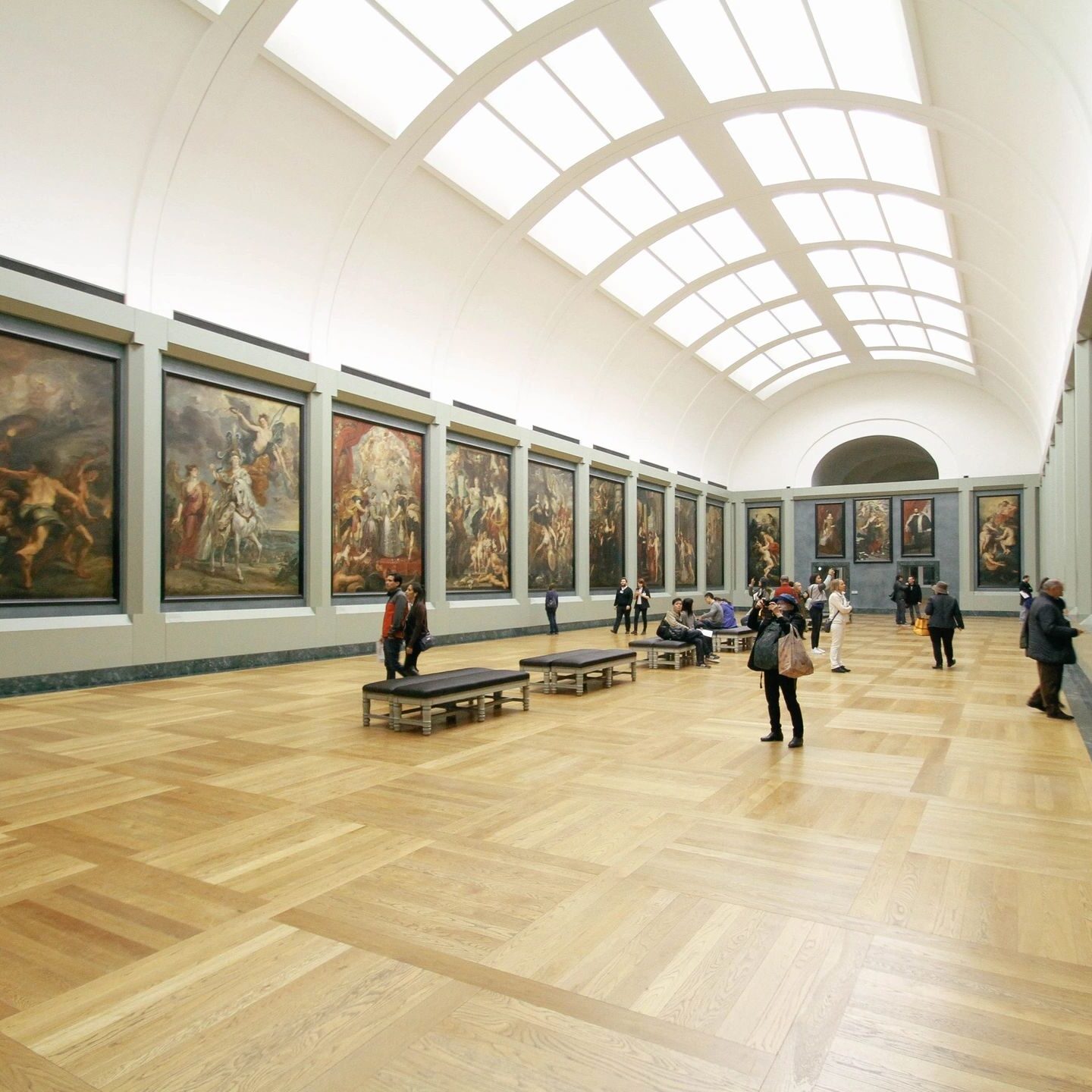Art. Crime. Art Crime.

Is Art Crime a Separate Type of Crime?
No, and yes. Like other crimes, art crime happens at the intersection of three key elements: a motivated offender, a suitable target, and the absence of a capable guardian. However, art is unique, and so is art crime.
Who Steals Art?
There are two main types of art thieves. Profit-motivated criminals, who make up the majority, are often part of a group and are more likely to use violence. Their goal is financial gain. The second type is the art-motivated thief—someone who steals art because they desire it for personal reasons. These individuals often work alone to avoid sharing the payoff. One such example is Etoh Mvondo, who, captivated by the idea of owning a Renoir at just 20 years old, stole three paintings from Paris museums in 1990.
A third, less common type is the politically motivated art thief, who is driven by ideological reasons rather than financial or personal gain. While politically motivated art theft is rare, we have seen a rise in art vandalism with political undertones. Vincenzo Perugia, who stole the Mona Lisa in 1911, was initially not profit-driven but later tried to sell the painting. His obsession with that specific work raises an interesting question.
Lately we’ve seen a wave of politically motivated art vandalism, but not theft.


Can an Object Make You Commit a Crime?
Museums can be emotional spaces for some people.
Is there something inherent in a work of art or artifact that inspires crime? This is a fascinating idea, one that I’ve explored in my writing and discussed at conventions. It invites us to consider the power of art—not just to inspire, but to compel certain actions.
Watch this space as we continue the conversation.
I am one of the Curator of Crime and we love to talk art, crooks and books.
